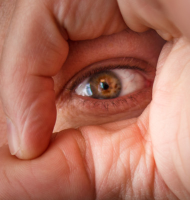I know that Roll20 has the Gm layer. my question is lets say i have a dungeon with Traps and treasure chests, and hidden clues Can i make notations directly on the map on the treasure chest or trap or what have you . also like being able to list treasure chest contents and stuff, and if so will it be hidden from my players. and lastly HOW do i do this..?




